Have you ever wondered why your feline friend always seems to end up perched on top of your bookshelf, refrigerator, or mysteriously somehow on that high cabinet you thought was impossible to reach? This peculiar behavior isn’t just your cat being difficult or showing off their athletic abilities. It’s actually deeply rooted in their biology and evolutionary history.
From ancient survival instincts to modern comfort preferences, there are fascinating reasons behind your cat’s obsession with altitude. Understanding these motivations can help you better appreciate your pet’s natural behaviors and even create a more enriching environment for them. Let’s explore the seven compelling reasons why cats simply can’t resist the lure of high places.
Safety and Protection From Predators
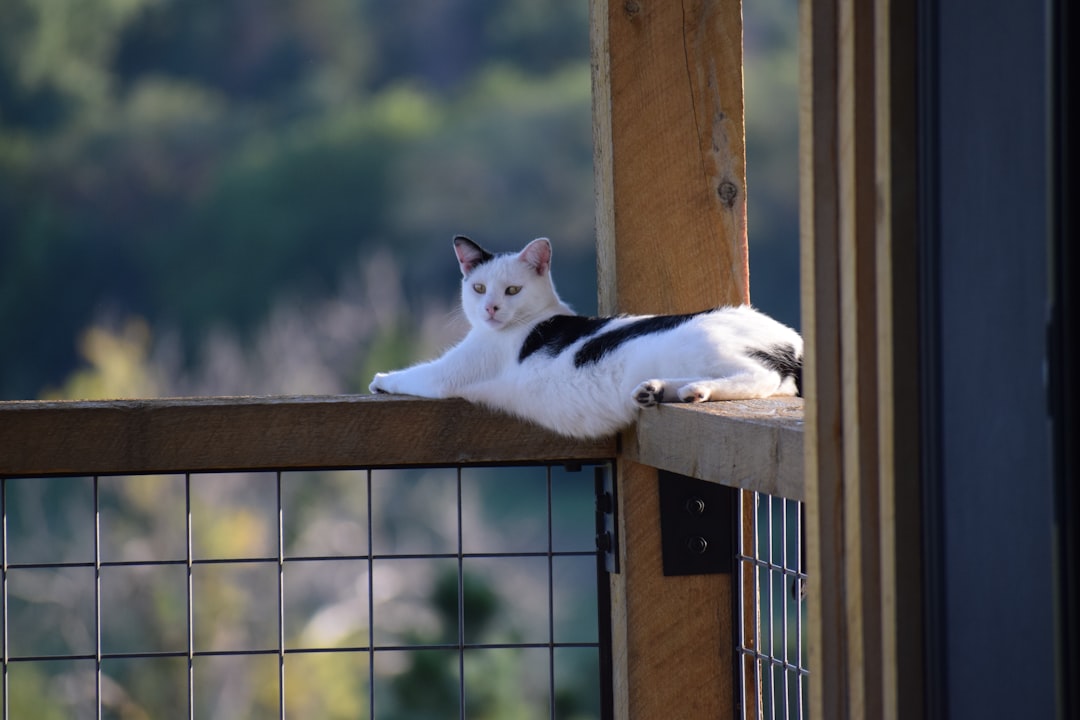
The most fundamental reason cats seek elevated spaces stems from their evolutionary past as both predators and prey animals. Cats are both predator and prey, facing threats from larger predators like owls, eagles, and coyotes, making higher places associated with increased survival probability.
Wild cats used high perches as a reliable technique to stay safe from threats like coyotes and wolves, and domestic cats have retained these survival instincts even when never allowed outside. This explains why your indoor cat still feels compelled to climb to safety, even though the biggest “predator” they face might be the vacuum cleaner.
Superior Vantage Point for Surveillance

Surveying the area from an elevated location allows cats to observe their surroundings for food and protect themselves from attack by larger predators. Think of your cat as a furry security guard who takes their job very seriously. From their elevated post, they can monitor everything happening in their territory.
A high location provides cats with a better vantage point to spot both prey and predators alike. Even though your pampered house cat doesn’t need to hunt for survival, this instinct remains strong, which is why they love watching birds from windowsills or keeping tabs on household activities from their perch.
Temperature Control and Warmth
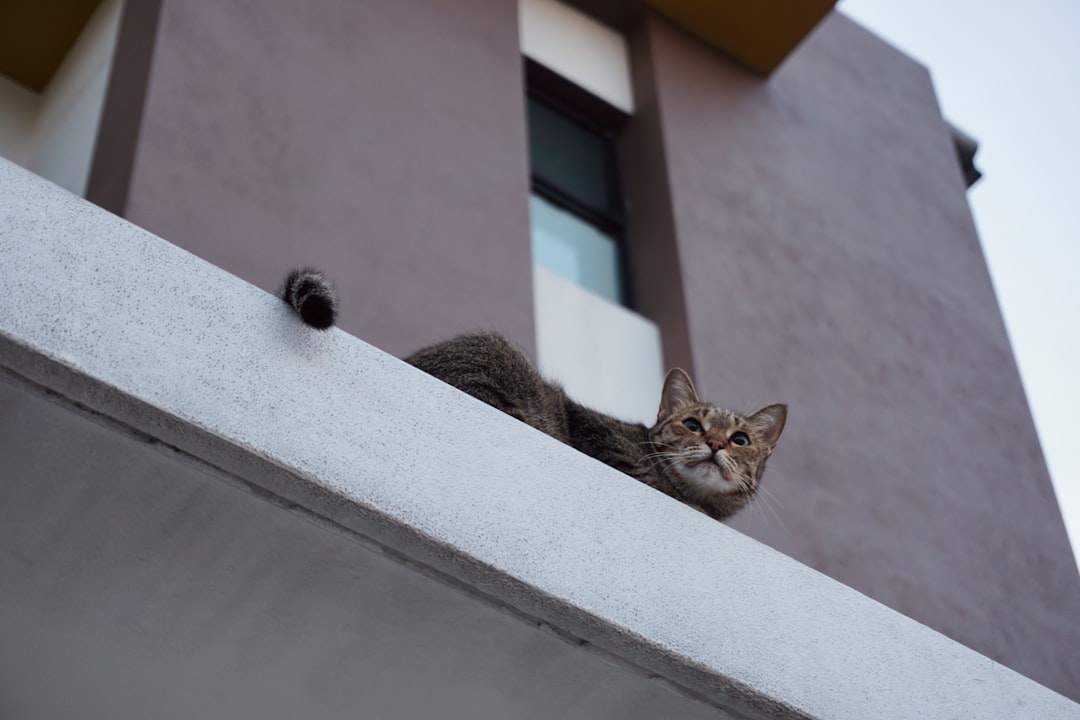
High places serve a basic function of providing warm locations for cats to rest, as warmer air rises, making cats prefer tops of appliances, cat trees, and bookshelves over cold floors. Your cat isn’t just being picky about their napping spots – they’re being practical.
Heat rises, making high places warmer and preferred resting spots, especially during colder months. This is particularly noticeable during winter when you might find your cat claiming the top of the refrigerator or any other elevated, warm surface as their personal heating pad.
Territorial Expansion and Conflict Avoidance
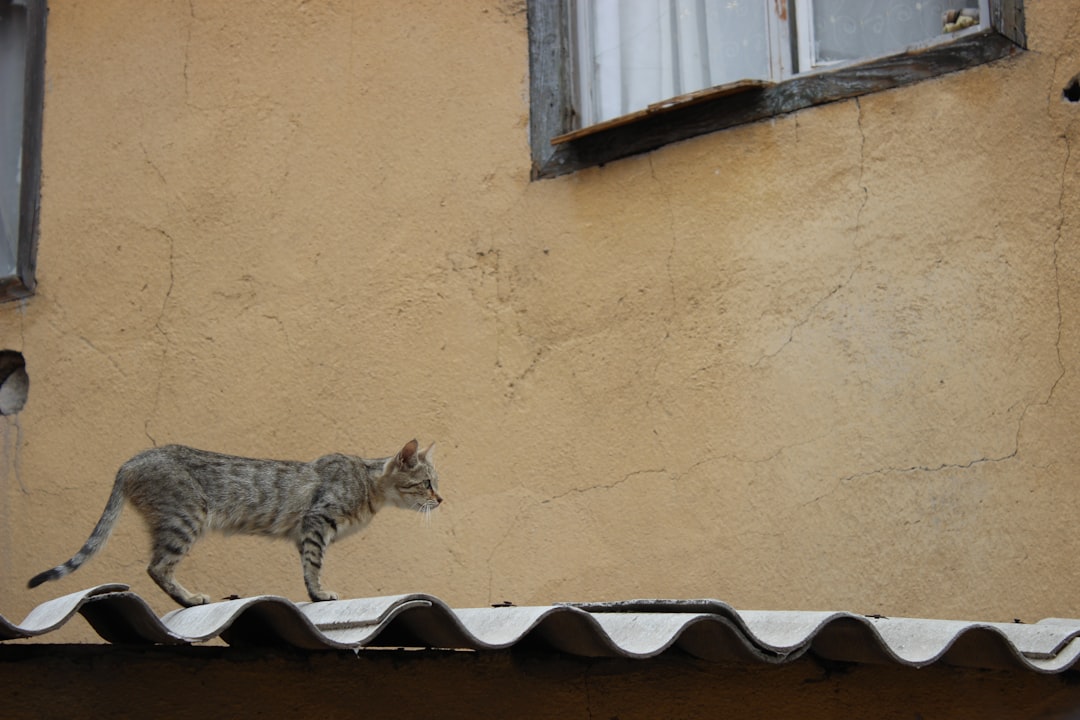
In multi-cat households, high places serve to expand available territory so cats can avoid conflict, with one cat claiming floor spaces while another claims elevated spaces. This vertical territory system is like having separate apartments in the same house.
Vertical space between cats may help them get along, as sometimes vertical distance is all that’s needed to maintain order and avoid confrontation, allowing all cats to share space while keeping their distance. It’s a sophisticated peace-keeping strategy that reduces household tension.
Natural Curiosity and Entertainment
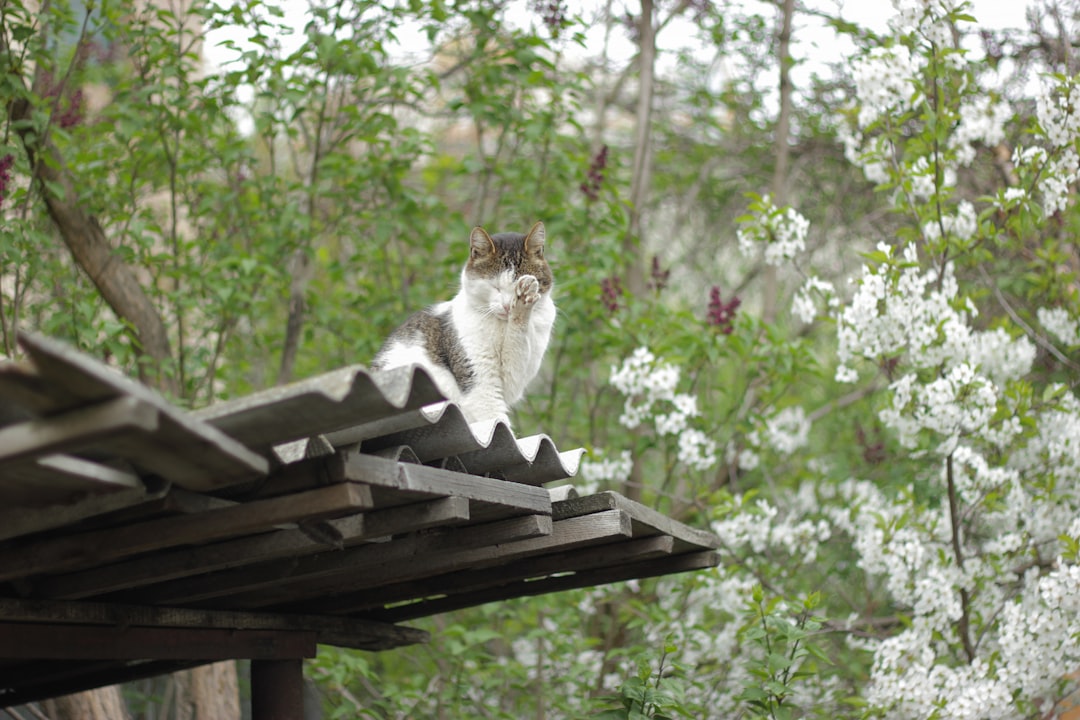
Cats are naturally curious creatures who love to watch and investigate, and being up high gives them a different vantage point to spy on the goings-on below. Your cat’s elevated perch is basically their personal entertainment center with the best view in the house.
Jumping up in high places is not only instinctual but also fun for cats, who may create games out of running and jumping up to various spots. Sometimes what looks like mischievous behavior is actually your cat engaging in natural play that keeps them mentally stimulated and physically active.
Stress Reduction and Mental Well-being
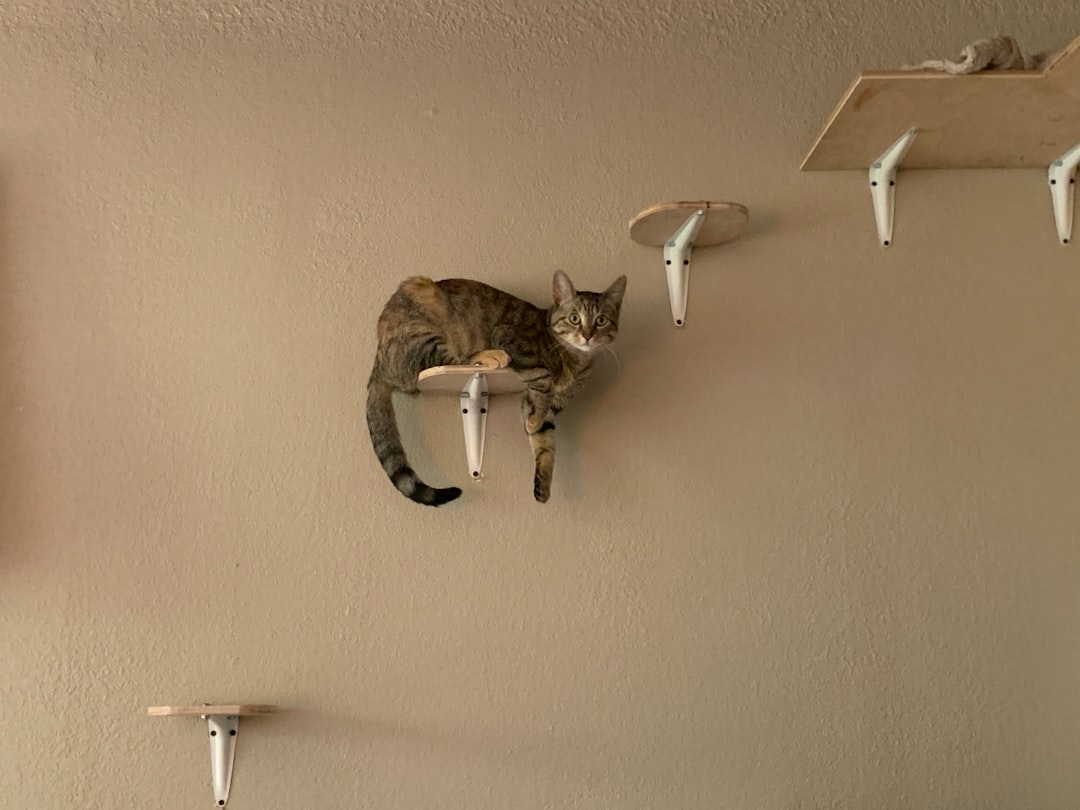
High places help cats cope with stress and anxiety, as cats are sensitive to changes in their environment, especially new family members and visitors to the home. When life gets overwhelming, your cat instinctively knows that going up means feeling better.
Where a cat sleeps affects how well they sleep, and when they sleep in high places away from noise and commotion, they can sleep more deeply and peacefully without worrying about being disturbed. It’s their version of a quiet retreat where they can recharge in peace.
Innate Climbing Instincts and Physical Capabilities
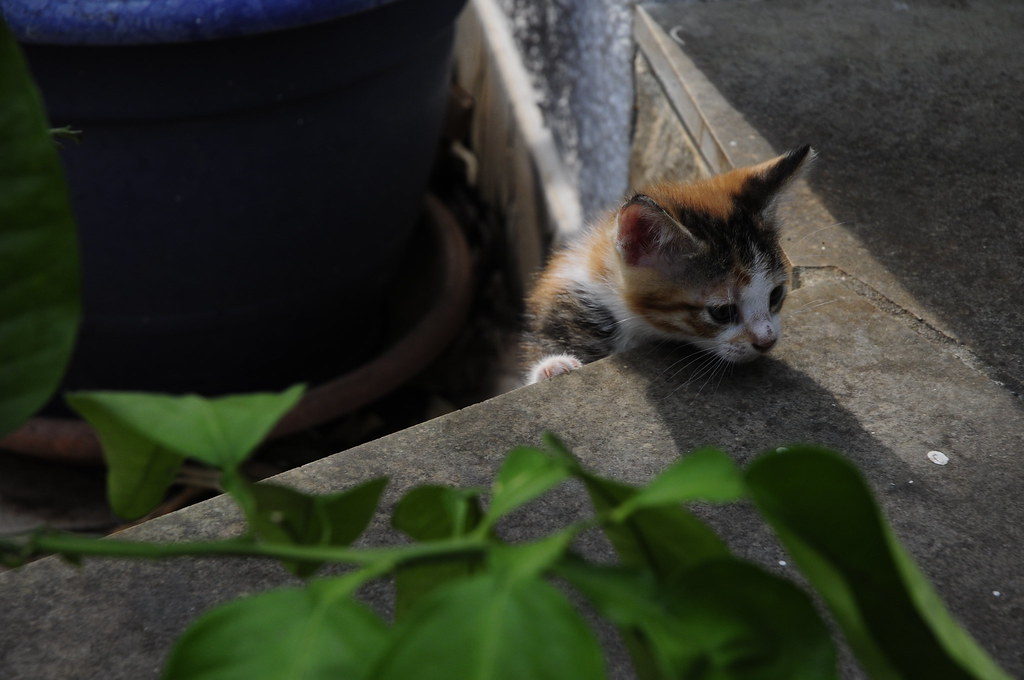
Cats descended from Proailurus, the first true cat, and early cats were hunters living in rain forests where their claws enabled skillful climbing for safety and hunting, making climbing hard-wired as a way of life. Your domestic cat carries this ancient programming in their DNA.
A cat’s flexible musculoskeletal system gives them exceptional coordination and balance, enabling them to jump up high. The drive to find high-up hideouts is hardwired in their natural instincts, even for indoor cats. This remarkable physical ability isn’t just impressive to watch – it’s an essential part of who they are as felines.
Conclusion

Understanding your cat’s love affair with heights reveals just how complex and fascinating these creatures really are. Their seemingly simple preference for elevated spots actually encompasses survival instincts, comfort needs, social dynamics, and pure feline joy all rolled into one behavior.
Rather than fighting against this natural tendency, embracing it by providing safe, accessible high spaces can significantly improve your cat’s quality of life. Whether it’s a cat tree, wall shelves, or simply clearing off the top of a bookcase, you’re honoring millions of years of evolutionary wisdom.
What do you think about it? Tell us in the comments – have you noticed your cat’s favorite high spot, and does it make more sense now why they chose that particular perch?






